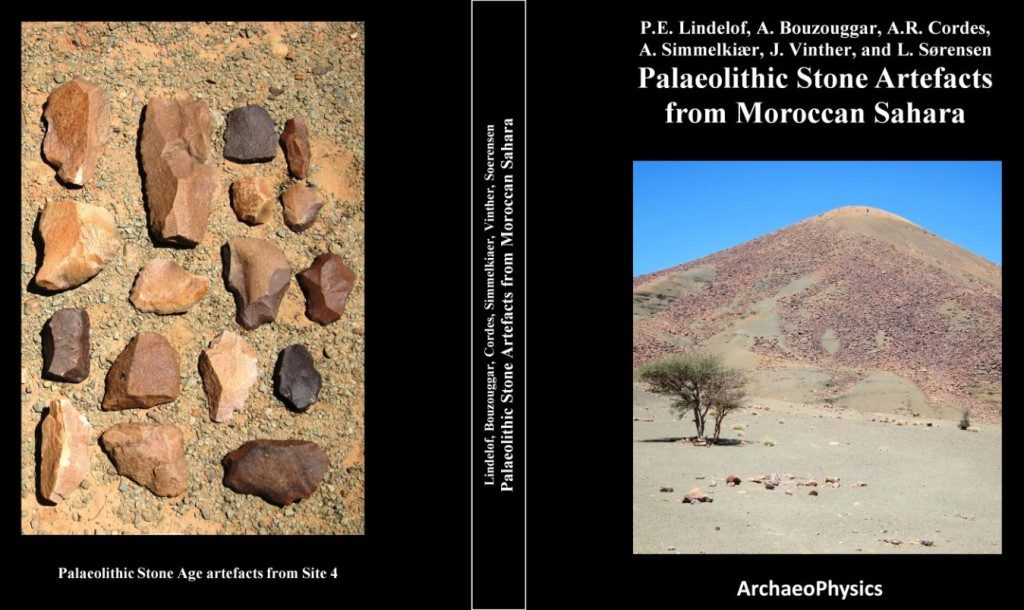Palaeolithic stone artefacts from Moroccan Sahara
In prehistoric time the World’s largest desert, Sahara, changed for every several thousands of years from being extremely arid, as it is today, to humid periods, where humans could live in savannah or forests. The Stone Age population can be detected by the many stone artefacts spread over the entire desert. This book describes in photos all the artefacts found in a small area of the Moroccan Sahara, southeast of the Anti Atlas Mountains. The complete set of picked up stone artefacts give a picture of the Stone Age technology in this area reflecting the human population. Together with climatic markers at the arid rivers using Optically Stimulated Luminescence, the results give an interesting possibility for a future microcosmic description of life in humid periods in Sahara.
The Danish Institute in Damascus (DID) and the Fiedler Foundation supported the research in Morocco.

